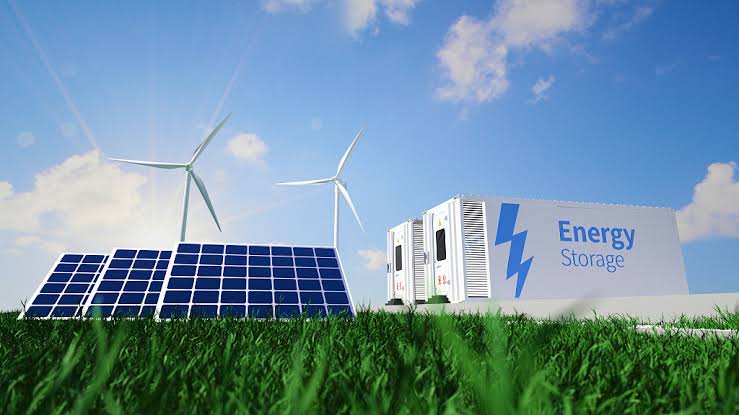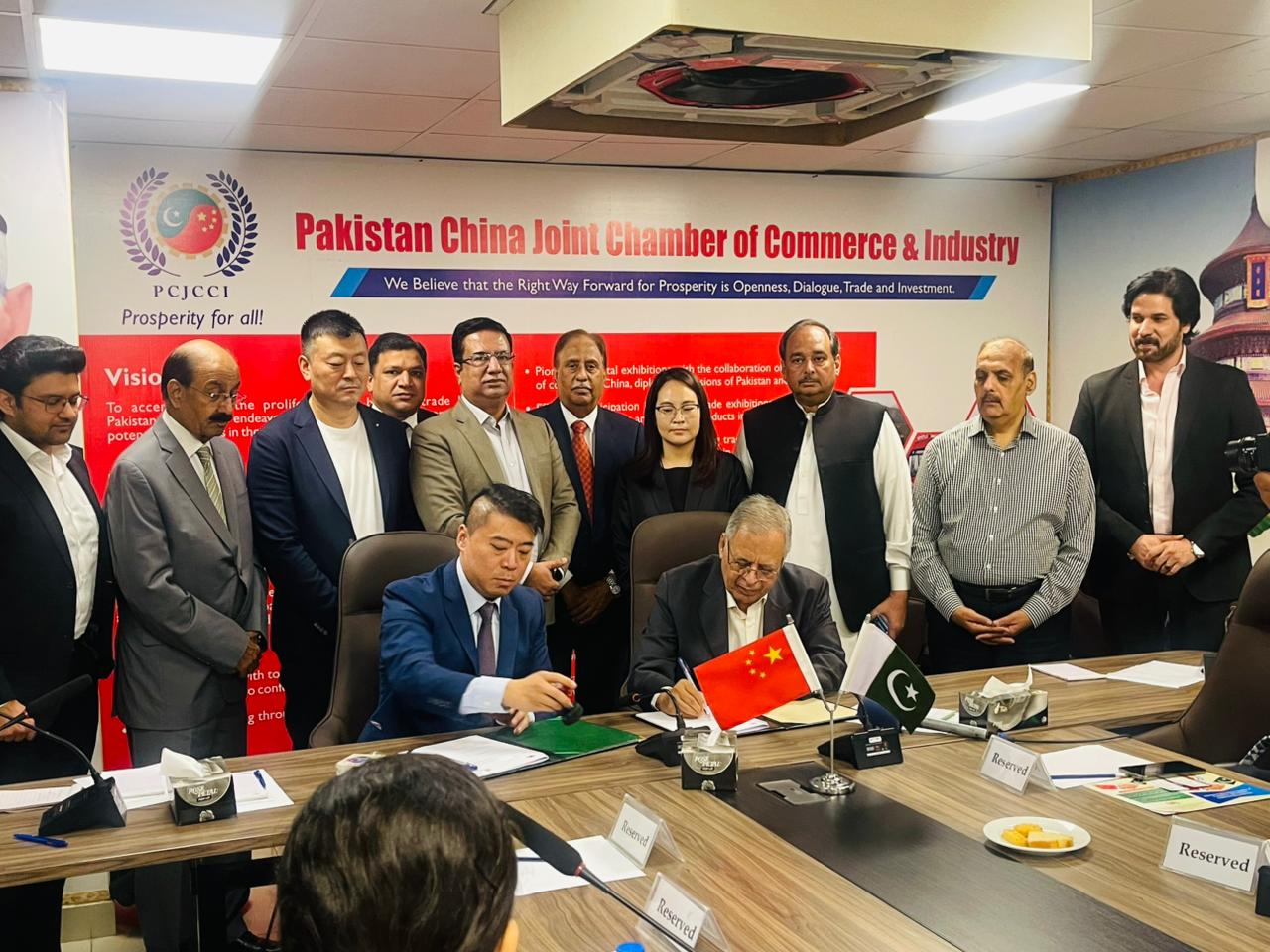Nanjing, February 14, 2024, The Europe Today: In the eastern Chinese city of Nanjing, a cutting-edge energy storage station is making headlines as 88 white battery cartridges, boasting a cumulative storage capacity of nearly 200,000 kilowatt-hours, seamlessly transmit electricity to the city’s grid. Described as equivalent to a medium-sized power plant, this innovative facility is a testament to China’s thriving energy storage sector.
Shi Shengdong, a local manager of the grid, stated, “The electricity generated in one hour can meet the power consumption needs of 26,000 households in a day.” This achievement underscores the pivotal role energy storage facilities play in addressing electric use volatility, particularly during peaks and troughs, while also supporting the integration of the country’s expanding clean energy initiatives in line with low-carbon development goals.
China’s commitment to embracing clean energy is evident in the surpassing of installed renewable energy capacity over coal power in the first half of 2023, marking a historic milestone. The grid-scale storage station in Nanjing serves as a beacon of progress, enhancing the utilization of wind, solar, and other renewable sources, thereby promoting an increased proportion of new energy consumption.
By the end of 2023, China’s installed new-type energy storage capacity had soared to 31.39 gigawatts, with 22.6 gigawatts installed in that year alone, nearly ten times the capacity recorded at the close of 2020, according to the National Energy Administration (NEA).
China’s robust battery manufacturing capability is a key factor fueling this growth. In 2023, Contemporary Amperex Technology Co., Ltd. (CATL), a Chinese battery giant, commenced operations at a new energy power and energy storage battery manufacturing base in Guizhou Province, boasting an annual production capacity of 30 GWh.
Looking ahead, Guizhou aims to position itself as a prominent research and development and production center for new energy power batteries and materials by 2025.
While lithium-ion batteries currently dominate, accounting for 97.4 percent of China’s new-type energy storage capacity in 2023, the industry is witnessing a diversification of technologies. Compressed air, liquid flow battery, and flywheel storage are rapidly gaining traction alongside emerging technologies like gravity storage, liquid air storage, and carbon dioxide storage.
Since 2023, numerous projects, including 300-megawatts-grade compressed air energy storage and 100-megawatts-grade liquid flow battery initiatives, have broken ground. Additionally, innovative business models, such as capacity rental fees collected from users utilizing the grid, have been introduced in provincial-level regions, propelling the energy storage industry forward.
In a remarkable feat last year, Guangxi completed its first trading transaction during peak electricity consumption, showcasing the industry’s potential impact and driving China towards a sustainable and resilient energy future.














